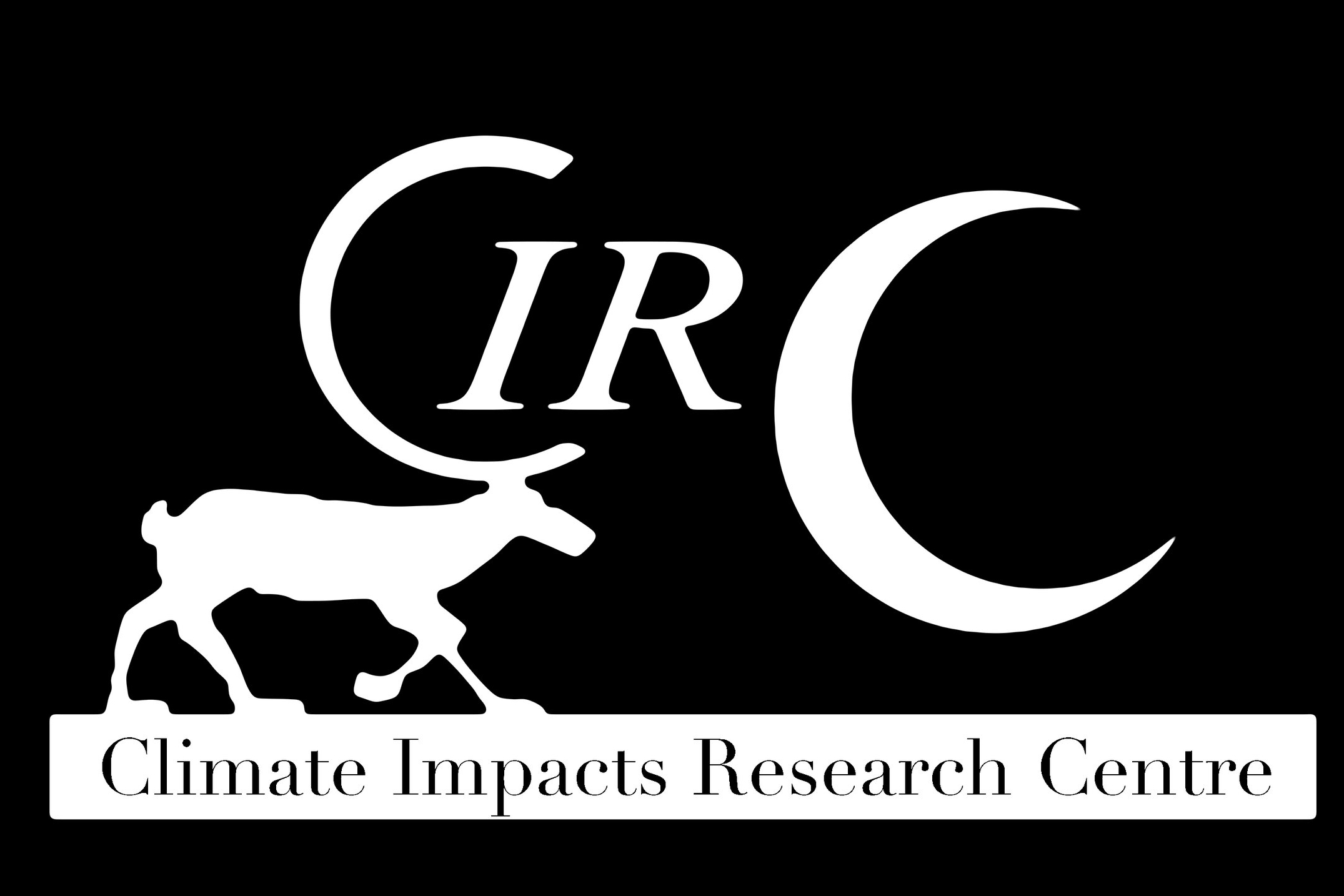Can information preserved in old soils be used to predict future environmental change? Using ancient soil DNA to assess terrestrial ecosystem responses to environmental perturbations
Project Summary
This project aims to develop a new and more subtle proxy, soil ancient DNA, for paleo-ecological studies needed when understanding environmental change working beyond our contemporary monitoring programs. The ultimate goal is to establish a method to assess detailed terrestrial ecosystem in the past by using ancient environmental DNA preserved in old soils for predicting the consequences of climate warming and imminent environmental changes. This is crucial information for the national environmental goals of Sweden and for sustainability in Sweden, since the change of forestry and land use management/practices may damage the habitats of some soil macrofauna over a long time without being detected in national monitoring programs.
This project will (1) analyze the downward mobility of modern DNA due to leaching and pedogenic processes in soils of contemporary farming systems in order to constrain current analytical limitations to aDNA recovery from soils; (2) examine whether aDNA from buried old soils preserve their stratigraphic context for reconstructing past terrestrial ecosystems in Holocene; and (3) study the response of Swedish soil fauna to climate change, pollution and human land-use on a timescale of millennia.
Principal investigator
Collaborators
Funding
Formas 2020-2022




